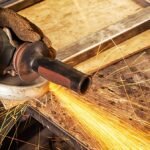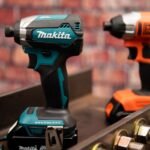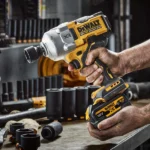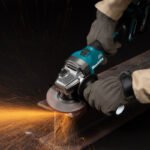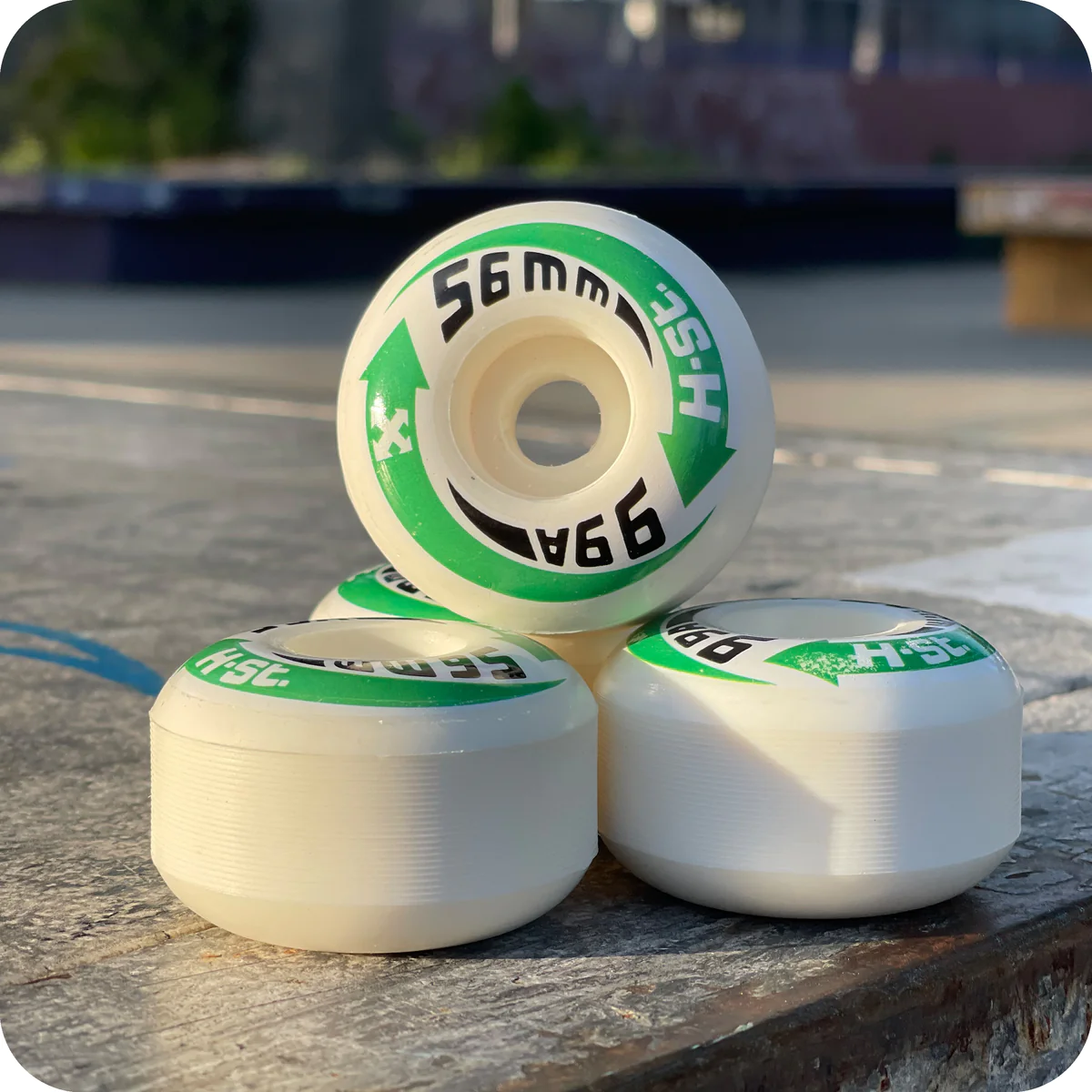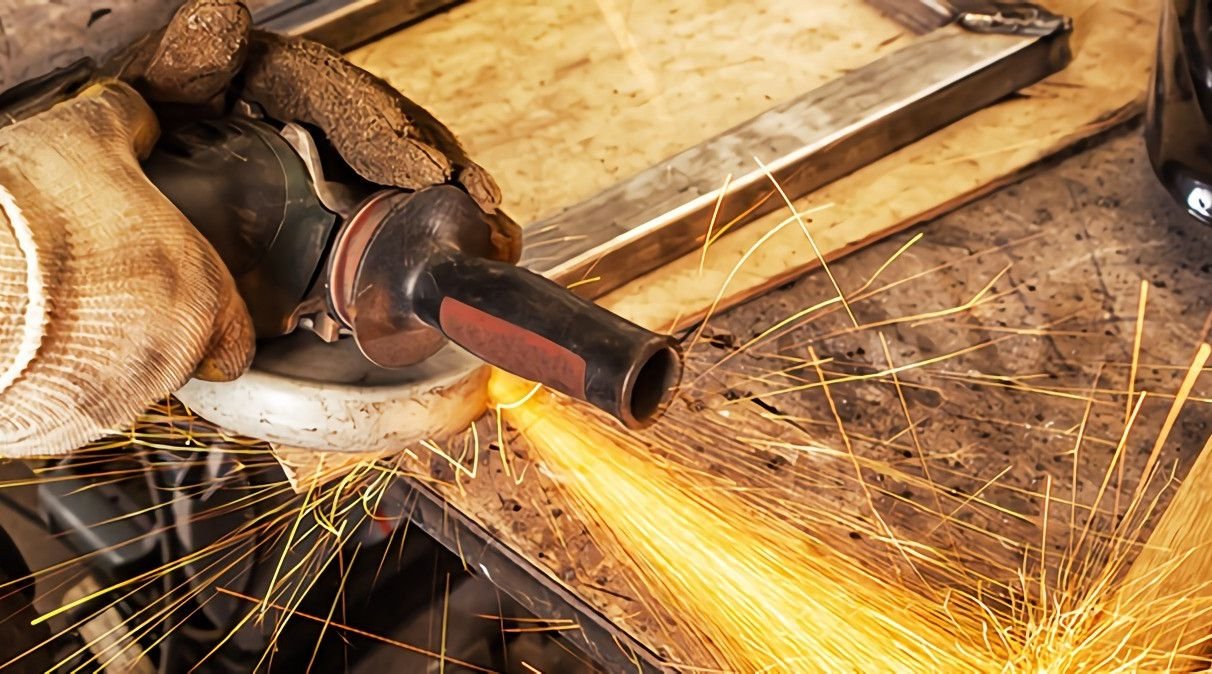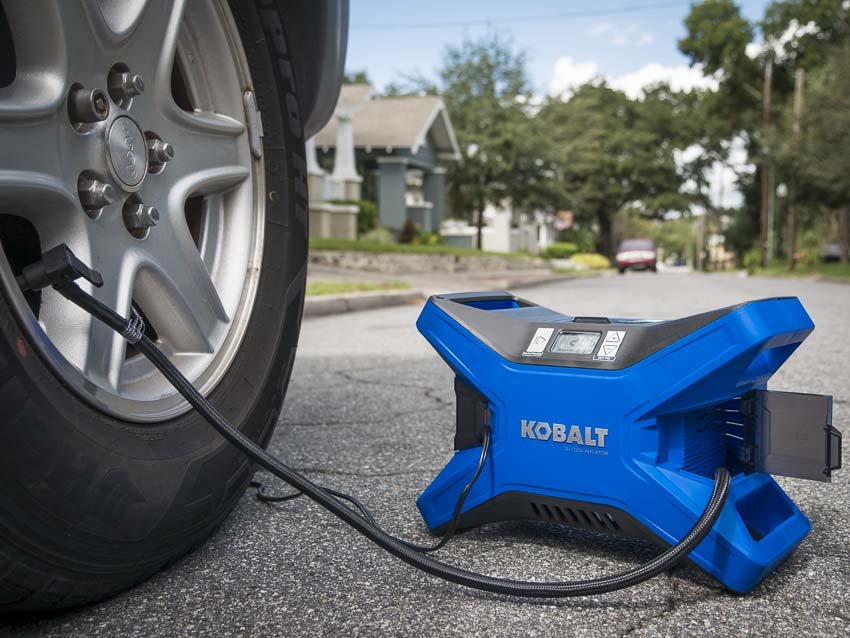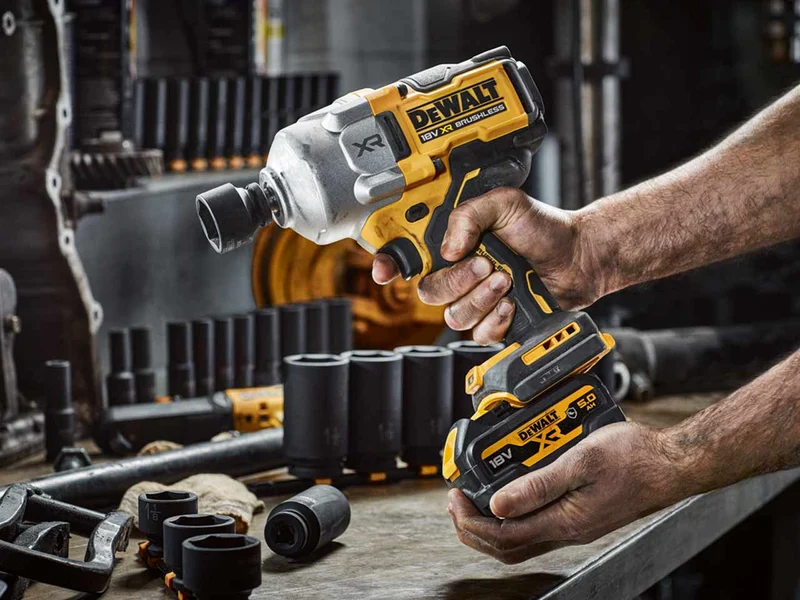In the dynamic world of skateboarding, the selection of skateboard wheels plays a pivotal role in defining the riding experience. This component is crucial not only for maneuverability and speed but also for the safety and durability of the skateboard itself.
An analytical exploration into the industry-specific data reveals a continuous evolution in wheel technology, materials, and design, driven by the diverse demands of skateboarders across different disciplines such as street skating, park skating, and longboarding.
Table of Contents
Industry-Specific Data and Analysis
The global skateboarding equipment market, with skateboard wheels as a significant segment, has been witnessing substantial growth, driven by the increasing popularity of skateboarding among the youth and the sport’s inclusion in international sporting events.
The market for skateboard wheels has seen a steady annual growth rate of approximately 4.5% over the past five years. Innovations in wheel composition, such as the development of harder urethane for better speed and softer wheels for grip, have played a key role in this growth, catering to the nuanced preferences of skateboarders.
Product Analysis: Advantages and Disadvantages
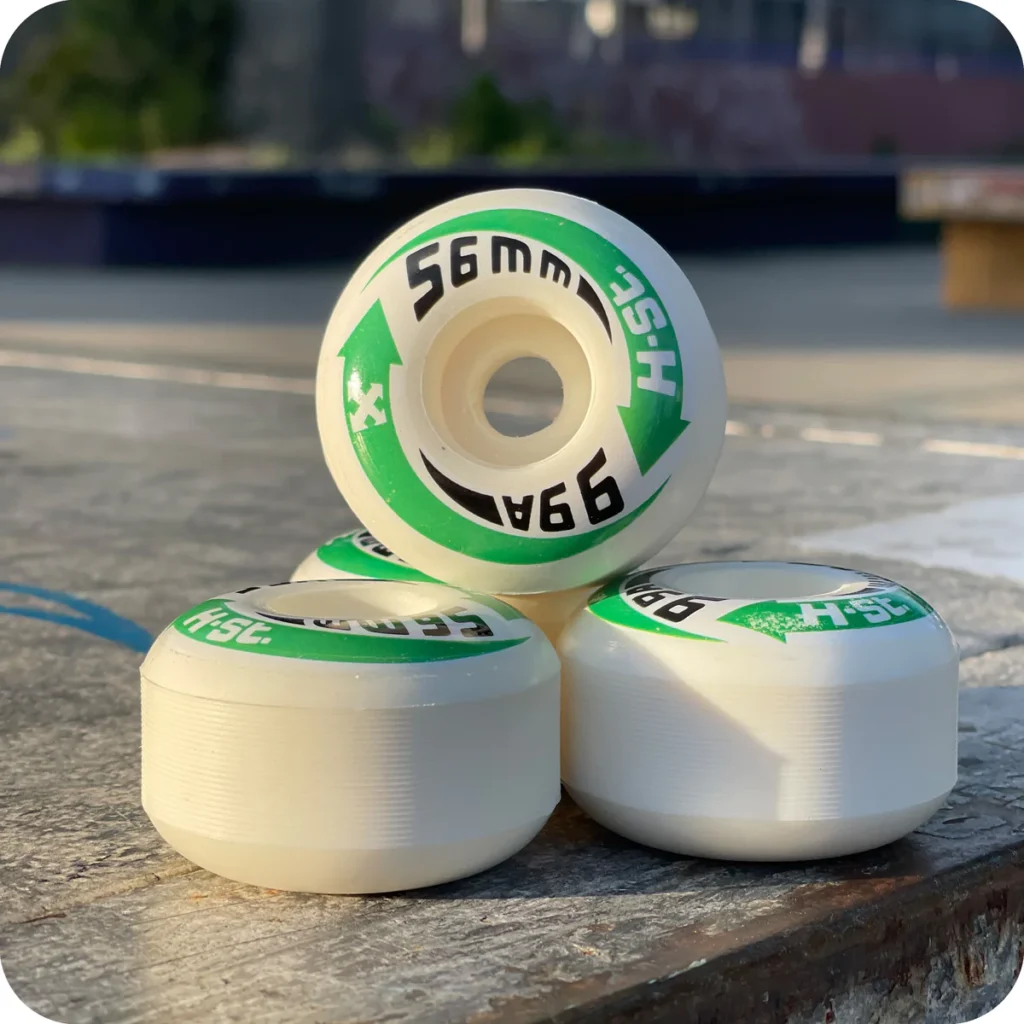
Bones Wheels STF V-Series
Advantages: Offers exceptional slide control without sacrificing grip. Made from Bones’ proprietary Street Tech Formula, these wheels are highly resistant to flat spots.
Disadvantages: Primarily designed for street skating, they may not provide the desired performance in skate parks or on rough surfaces.
Spitfire Formula Four
Advantages: Known for their durability and resistance to abrasion, these wheels maintain their performance attributes longer than many competitors. Suitable for various skating environments.
Disadvantages: The high performance comes at a premium price, making them less accessible to budget-conscious skaters.
Ricta Clouds
Advantages: With a softer urethane formula, these wheels offer a smooth ride on rough surfaces, making them ideal for street skaters who encounter varied terrains.
Disadvantages: Softer wheels may not be suitable for skaters looking for high speed and precision in skate parks or on ramps.
Classification of Skateboard Wheels
Skateboard wheels can be classified based on their diameter and hardness, which directly influence their use case:
- Diameter: Smaller wheels (50-54mm) are typically used for street skating due to their quick acceleration, while larger wheels (55-60mm and above) are preferred for park skating and longboarding for their speed and stability.
- Hardness: Measured on the Durometer A scale, harder wheels (99A and above) are favored for their speed and durability on smooth surfaces, whereas softer wheels (below 99A) are chosen for their grip and comfort on rough terrains.
Operational Considerations
When selecting skateboard wheels, it is essential to consider the primary skating discipline, as this determines the optimal wheel diameter and hardness. Additionally, the quality of the wheel’s urethane can significantly affect performance and longevity. Skaters should also consider the compatibility of wheels with their skateboard decks and trucks for an optimal setup.
Frequently Asked Questions
Base your choice on your skating style: smaller wheels for street skating and technical tricks, and larger wheels for skate parks, ramps, and cruising.
Opt for softer wheels (below 99A) to ensure a smoother ride on uneven terrains.
While some wheels are versatile enough to accommodate both, it’s optimal to choose wheels specifically designed for your primary skating environment for the best performance.
Summary
Skateboard wheels are a critical component that significantly impacts the skating experience. With the skateboarding equipment market continuously growing, the evolution of skateboard wheel technology has been remarkable, addressing the diverse needs of skaters.
Whether it’s the diameter, hardness, or material composition, each aspect of a skateboard wheel influences its suitability for different skating styles and terrains. By understanding these factors and considering personal skating preferences, skaters can make informed decisions when selecting skateboard wheels, ensuring an optimal blend of performance, durability, and enjoyment.
